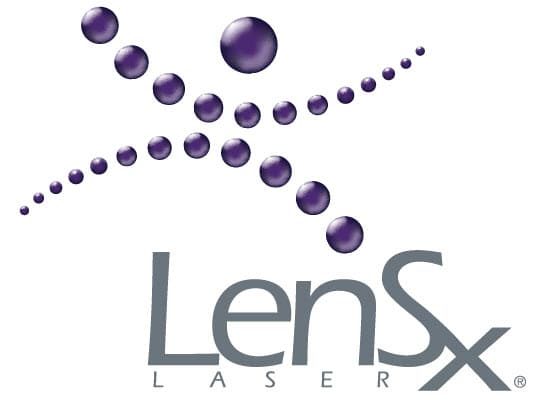Femtosecond Cataract Surgery

Traditional phacoemulsification cataract surgery has been around for many years and has been very effective for most people. This innovation paved the way to small incision micro cataract surgery. Although phacoemulsification is considered to be the current state of the art cataract removal technique, many steps in the cataract procedure are still performed by hand with either a surgical blade, a bent needle, or forceps.
With the femtosecond laser, these steps can be performed with increased precision and improved visual outcome. This bladeless, computer-controlled laser allows your Spector Eye Care surgeon to plan and perform your surgery to exact individualized specifications, not attainable with past cataract surgery methods.
Read what our patients are saying!
"I had cataract surgery with PanOptix lenses both eyes performed by Dr. Spector and his team. For the first time in long long time I can function without glasses. I was well on the way to recovery within the first 24 hours. You notice immediately a change in the brightness of colors. Dr Spector has state of the art equipment and a wonderful staff. His bedside manner is awesome. He explains things well answering all questions. My wife went to Dr Spector first but her cataracts are not far along as mine were. I’m telling her now I wish I did this way earlier."
How does it work?
With laser-assisted cataract surgery, a camera/ultrasound imaging device is placed over your eye to map its surface and gather information about the lens. The device sends detailed information to a computer that programs the laser for the exact location, size and depth of the incisions. The surgeon uses the laser to make the corneal incision and the opening in the lens capsule. Energy from the laser may also be used to soften the cataract. Then the ultrasound probe used in traditional cataract surgery is used to break the lens into pieces and suction them out of the eye. The IOL is implanted. As with traditional cataract surgery, the corneal incision usually does not require stitches.
Using a laser to do cataract surgery allows the surgeon to make very precise incisions in less time. It can improve accuracy and consistency in the surgical steps. And in some cases, laser-assisted cataract surgery can provide a higher degree of correction for a refractive error, such as astigmatism, than traditional cataract surgery.
video and content courtesy of American Academy of Ophthalmology.